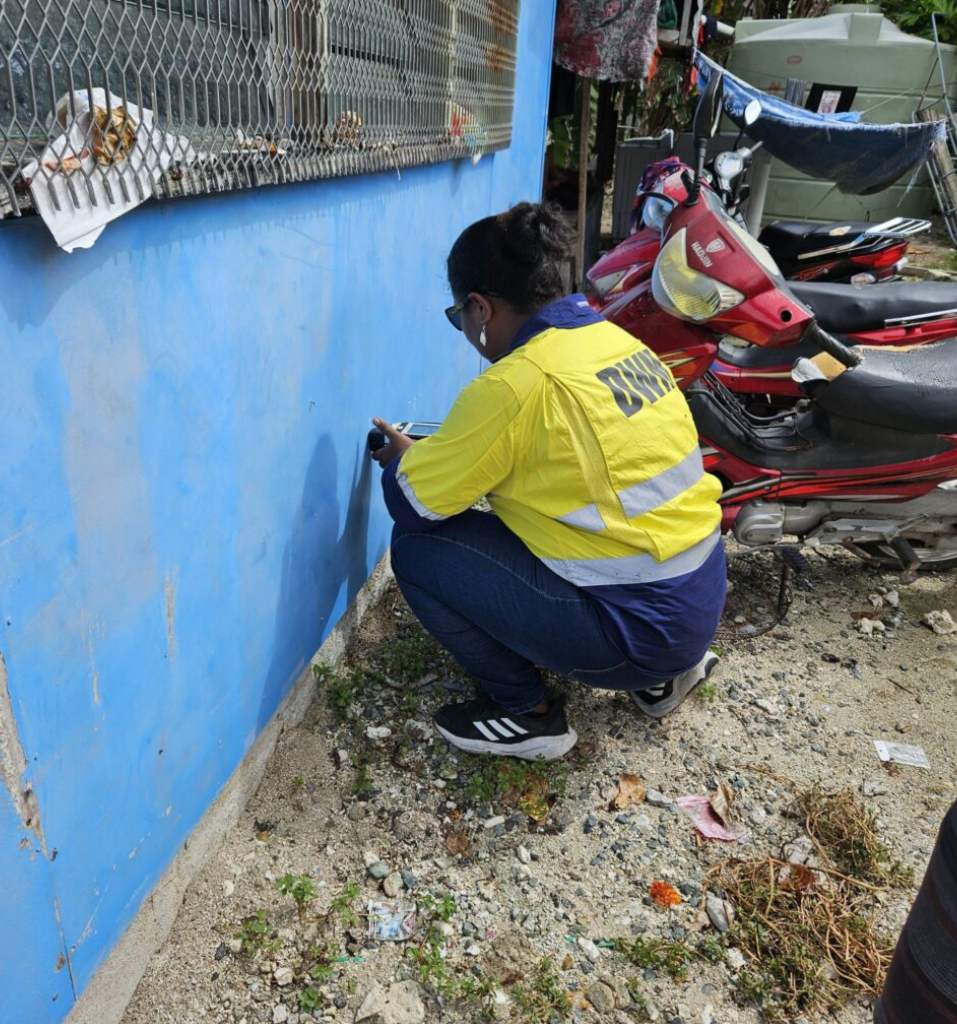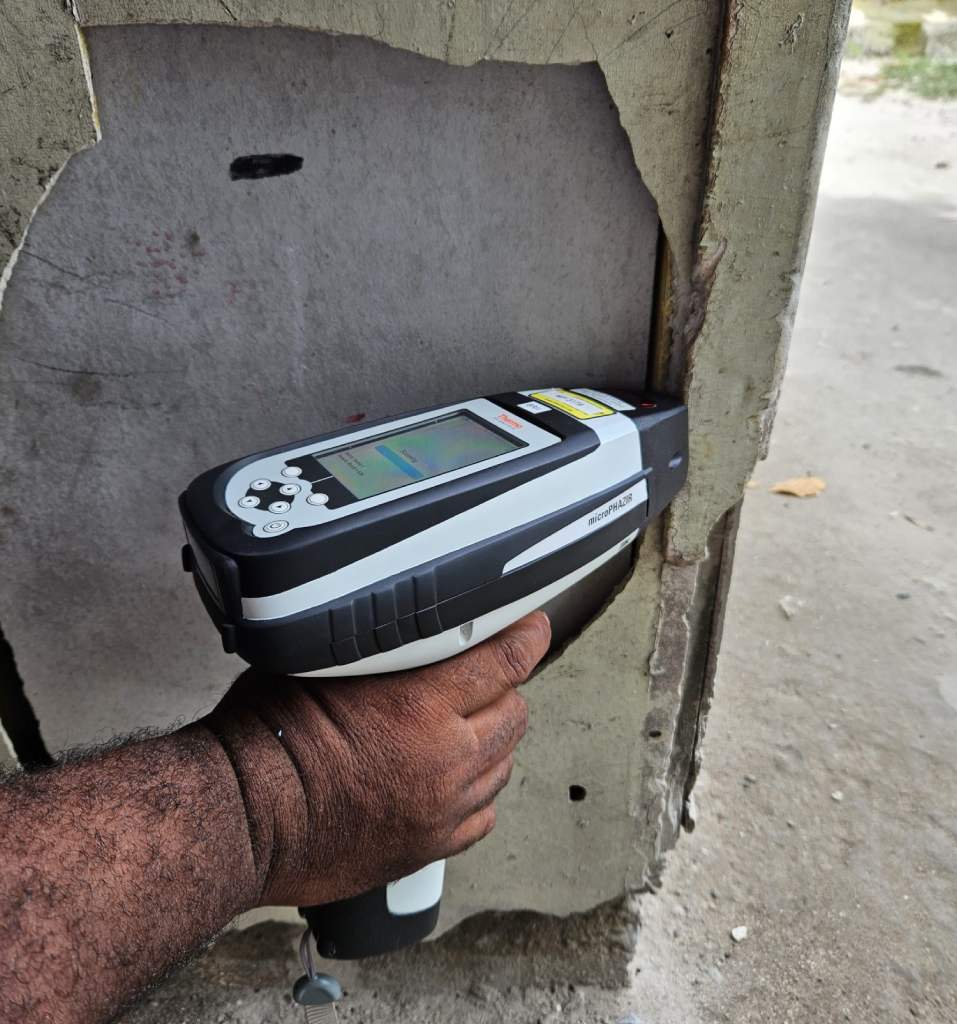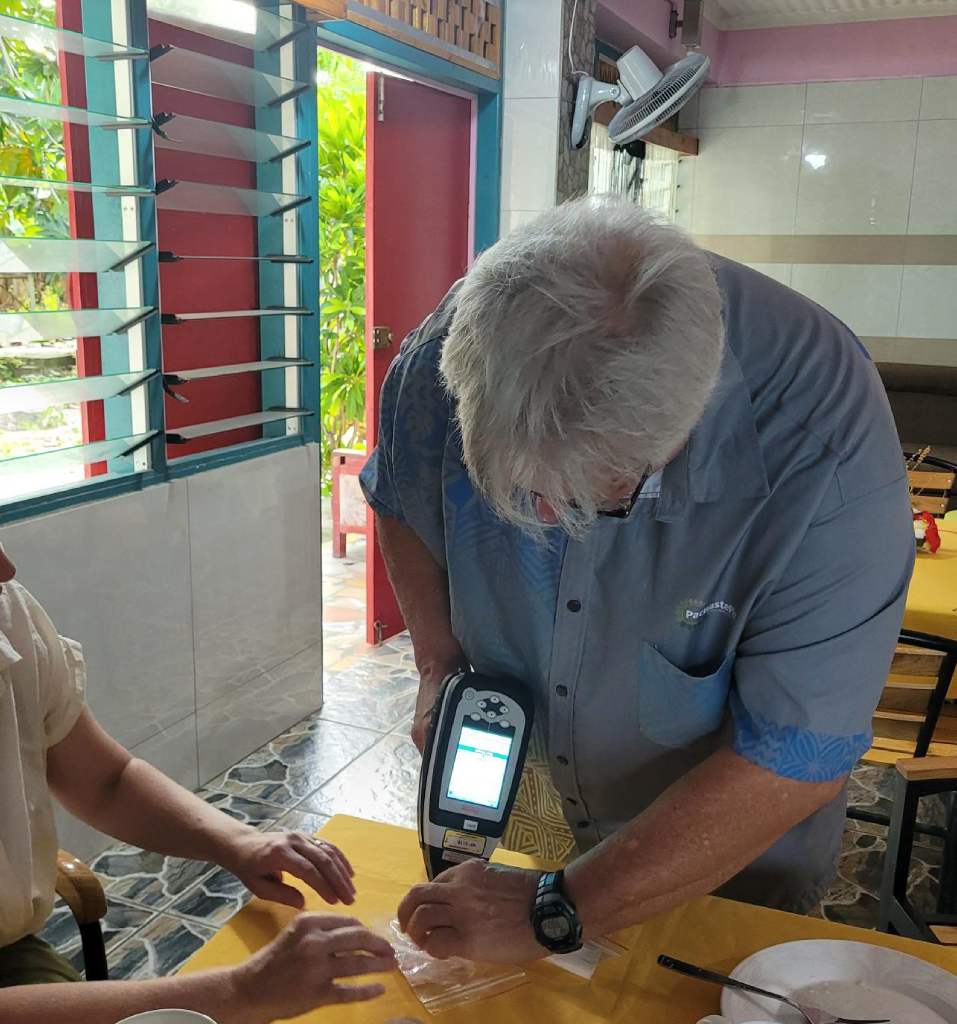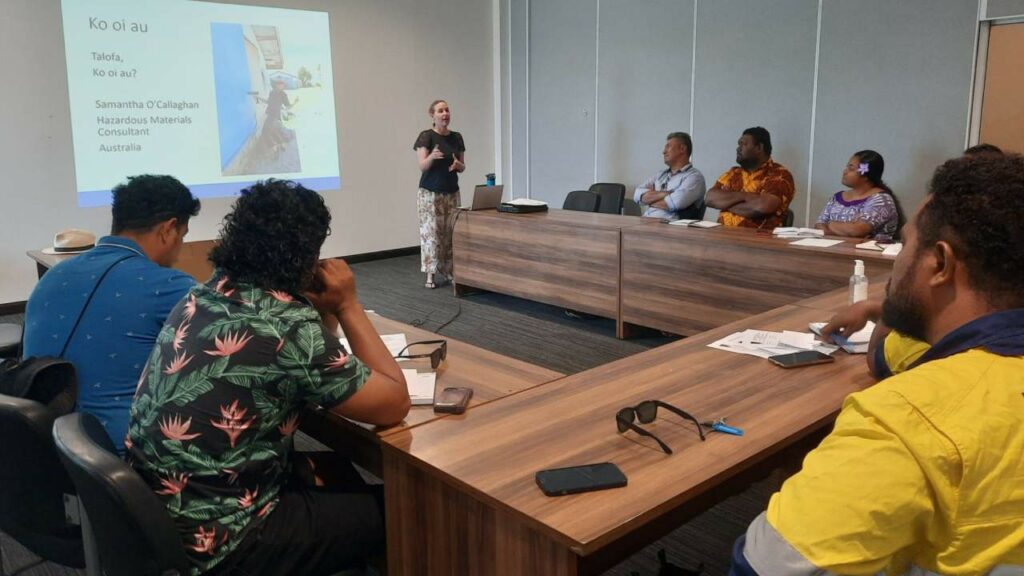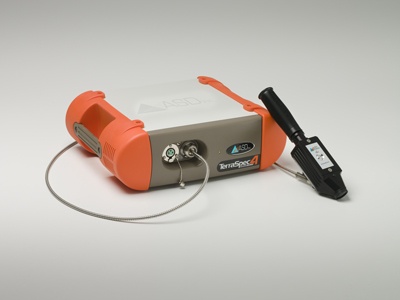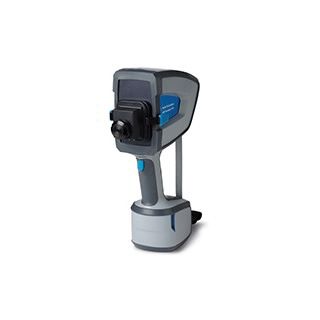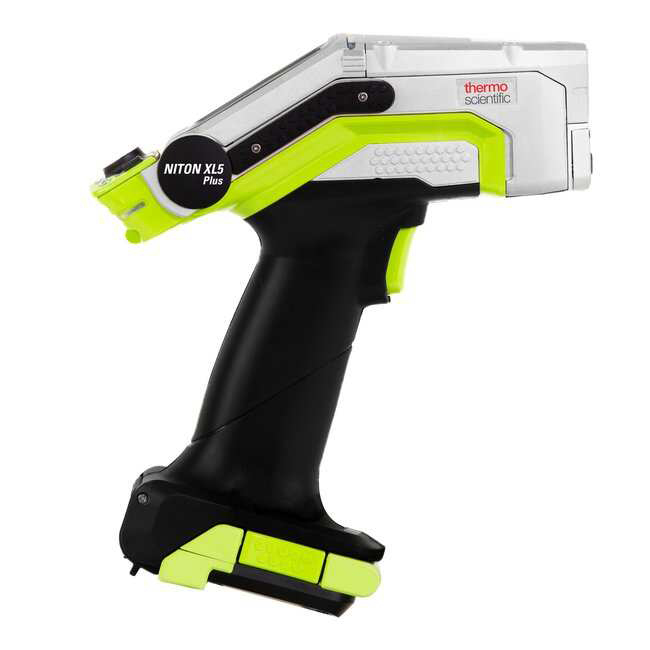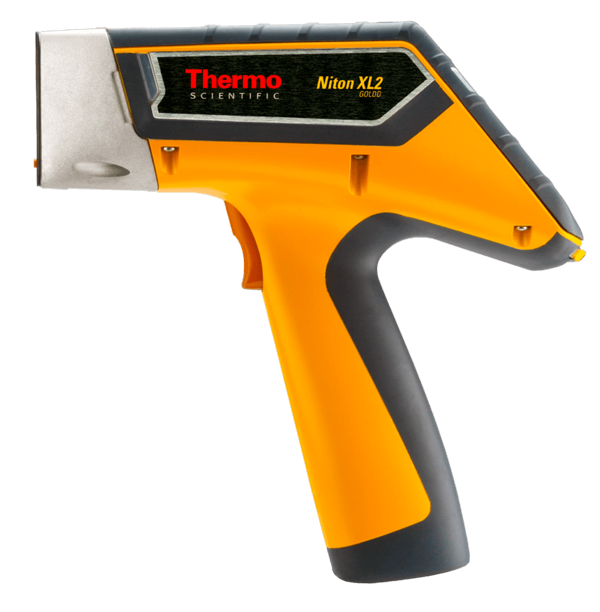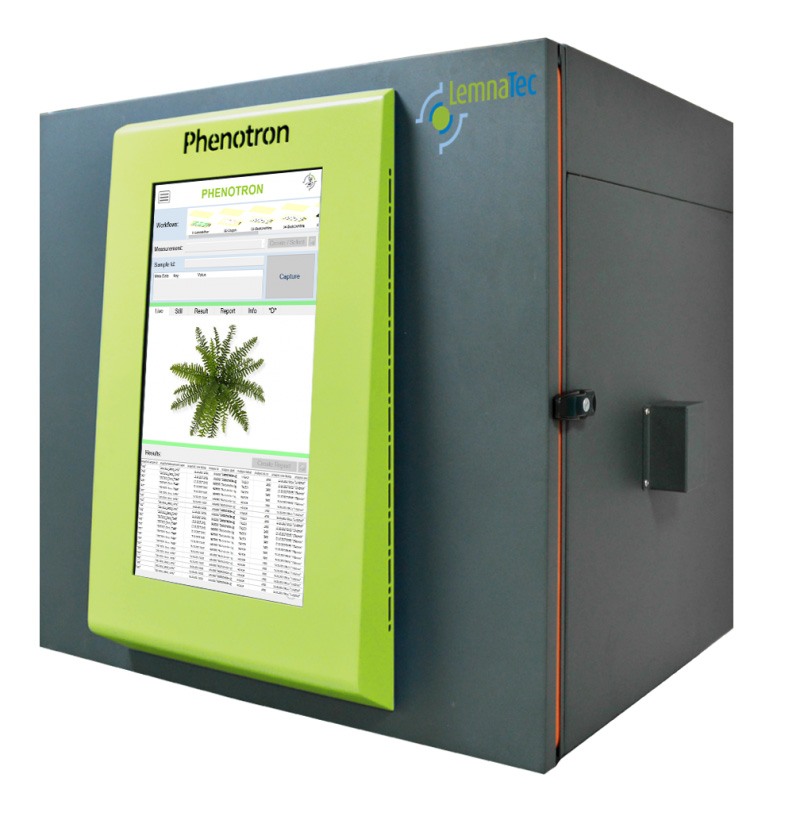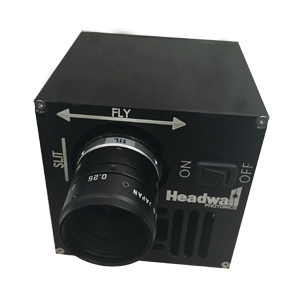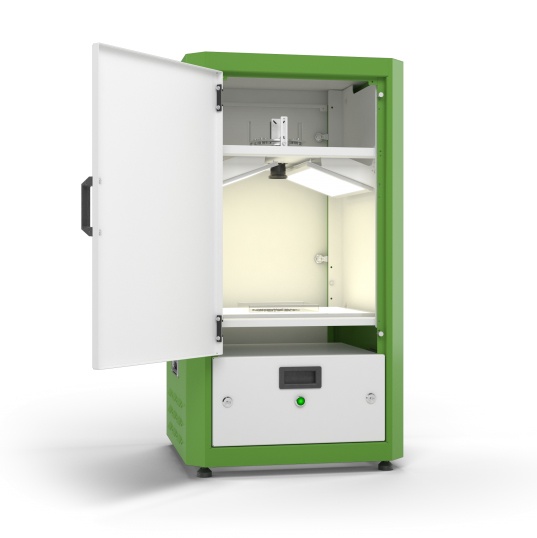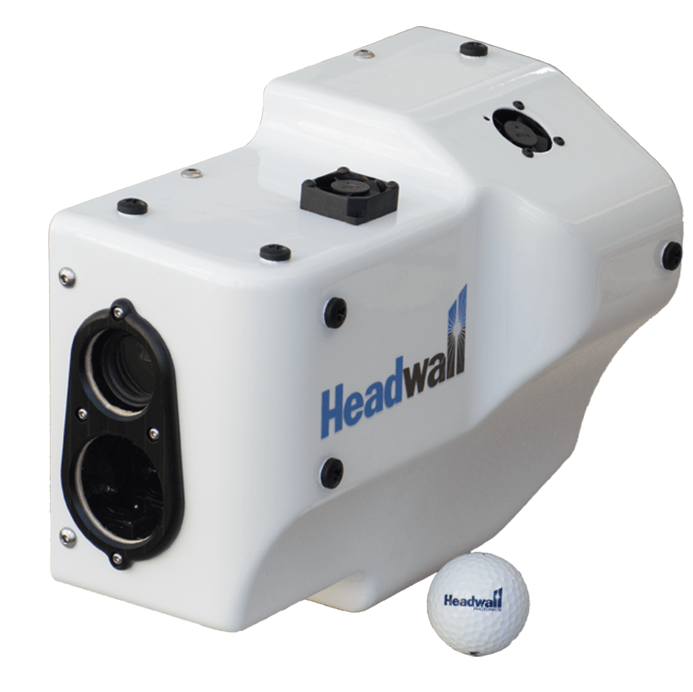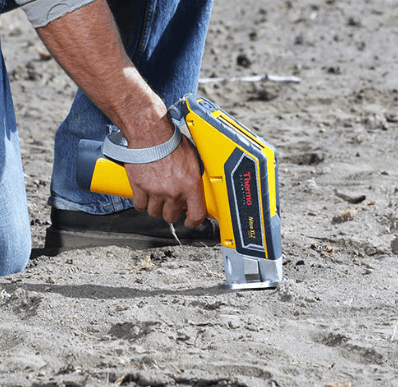Mining exploration plays an important role in the Australian mining industry, particularly when it comes to Rare Earth Element (REE) detection. These valuable resources are in high demand due to their extensive applications in various industries, however, locating REE deposits can be a challenging task without the right tools and technology.
Fortunately, there is a game-changing solution: the Niton XL5 Plus Analyser.
In this article, we will delve into the significance of REEs, the process of exploratory mining, and how the accurate and fast analysis provided by the Niton XL5 Plus can significantly improve the search for these valuable elements.
What are Rare Earth Elements?
Rare Earth Elements are a group of 17 chemically similar elements found in the Earth’s crust. They encompass lanthanides such as cerium, europium, and lanthanum, along with two additional elements: scandium and yttrium. Despite their name, REEs are not actually particularly rare, but are instead dispersed in low concentrations throughout various minerals.
Why are Rare Earth Elements Sought After?
REEs have become increasingly sought after due to their major role in modern technology manufacturing.
These elements are essential to produce high performance:
- Magnets
- Catalysts
- Lasers
- Batteries
That’s why they are so crucial for increasingly popular renewable energy systems, including electric vehicles, telecommunications products, and defence technologies. As industries transition towards sustainable practices, the demand for REEs continues to rise.
What is Exploratory Mining?
Also referred to as Greenfield mining, exploratory mining plays a crucial role in locating and then extracting REEs.
Considering REEs are not typically found in large deposits, locating them is a complex process. Exploratory mining involves searching for trace amounts, otherwise known as “pathfinders” that indicate the presence of REEs in the earth’s core. Identifying these pathfinders accurately can significantly improve the success rate of mining operations.
The Benefits of Accurate and Fast Analysis
The benefits of accurate and fast REE analysis are plentiful.
Informed Decisions
Firstly, it allows mining companies to make precise and informed decisions, minimising the risk of drilling in the wrong locations and maximising the chances of discovering valuable REE deposits. This efficiency translates into significant cost savings, as resources are not wasted on unproductive sites.
Faster Operations
Moreover, faster mining exploration accelerates the timeline for potential mining operations. By leveraging advanced technology and improving the speed of their exploratory operations, mining teams can gain a competitive edge, establish their expertise in REE exploration, and attract lucrative partnerships and investments.
Effective Rare Earth Element detection is particularly valuable and makes for a fantastic commercial opportunity in a world that is increasingly interested in renewable energy sources and other technological and telecommunications products.
The Consequences of Exploring Without the Right Tools
On the other hand, conducting REE exploration without the right tools and therefore without fast analysis can have severe consequences for Australian mining companies.
Inaccurate Analysis
Inaccurate readings and unreliable data can lead to costly drilling in non-productive areas, wasting valuable time, money, and resources for the teams involved.
Reputation Damage
Additionally, a lack of precise analysis can damage a company’s reputation, hampering potential partnerships and investment opportunities long into the future. The absence of accurate tools also increases the likelihood of missed REE deposits, limiting the company’s growth potential, competitive advantage and over a long enough period their bottom line as well.
Slower Operations
Finally, the delayed identification of pathfinders and therefore REEs will prolong the lucrative exploration phase, resulting in slower project development and potentially lost market opportunities – after all, exploration is a necessary precursor to extraction.
Therefore, investing in the right Rare Earth Element detection tools is crucial to mitigate these detrimental consequences and ensure successful Rare Earth Element detection.
The Solution: The Niton XL5 Plus Analyser
Enter the Niton XL5 Plus Analyser.
With the right calibration, this XRF device is the standout, premium solution for Rare Earth Element detection.
This exceptional device offers exceptional performance, detection limits, and speed required in exploratory mining and drilling operations to ensure fast and reliable results.
With optimised mining calibration for 47 elements, including the REEs you need, the Niton XL5 Plus Analyser accurately detects pathfinders and essential elements like lithium, tantalum, cesium, and more.
In addition to its remarkable capabilities, the XL5 Plus offers a range of excellent accessories, including:
- Vivid navigation; customisable user profiles
- Micro and macro cameras
- Advanced analytical performance
- Lightweight ergonomic design
- Smaller, faster, lighter
- Segment leading light element performance
- Customisable for individual applications
- Accessories built for the industry
- Backed by local support, knowledge and service
- Large, installed customer database
Do you already own an older Niton device?
As well as supplying new models, PAS provides upgrade options to access the time and money-saving benefits of the XL5 Plus. With shorter lead times for new devices, calibrations, and servicing, PAS ensures that mining teams can maximise the device’s potential in the field promptly, safely and reliably.
Are you looking to maximise your Exploratory Mining Capabilities?
Ensuring your mining team has the right tools is the most important step toward ensuring effective Rare Earth Element detection. Without it, significant time, resources and reputation will be exhausted.
To guarantee your mining team is able to reap the rewards of Rare Earth Elements in an increasingly competitive market, you need to acquire the Niton XL5 Plus Analyser, or at least recalibrate your existing one to improve its accuracy.
Get in touch with the experienced team at Portable Analytical Solutions today to purchase a new XL5 Plus and get a free calibration, or to get your existing XL5 calibrated for fast and reliable Rare Earth Element detection.
